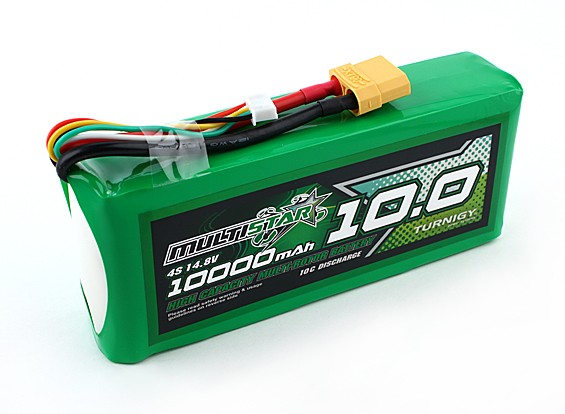I dont know a great deal about the
Mavic 2 pro yet as i have only just purchased it however i have been using and working with LiPo batteries for a long time (since they became commercially viable) and leaving your batteries fully charged damages them as does leaving them fully discharged. General rule of thumb if you want your rather expensive batteries to last the longest is dont discharge them below 20% now i dont know what DJI have programmed the drones software at so 0% in the drone could be 5/10/20% of the Lipo Voltage range i have no clue on this however they have put a safety margin in so i would say try not to go below 10% during a flight. once done allow batteries to cool and then charge them as soon as you can (after any warmth has gone). now if you plan on NOT flying the pack again only charge to 40% or as close as you can. Its hard with these packs to know where 40% is, but 40% capacity is storage voltage or to be exact 3.85v per cell. i have run various tests including 1 very long test. I used some LiPo's for 50 cycles and then put them at storage voltage and chucked them in my loft for....3 years! and then started using them again (i have a lot of LiPo's) they performed perfect and i am still using them in various RC models.
leaving a LiPo that long in charged state and discharged resulted in a knackered pack. discharged ones ended in cells dropping to below recovery voltage. leaving a lipo fully charged for 10 days and waiting for the pack to discharge its self is also too long to maximize battery life. Ideally only leave them fully charged for 2/3 days. a good way to discharge them is use the USB power bank adapter. you can just charge phone's/tablets until they are around the 50% mark. or failing that buy a little USB Load tester for a few quick and put a 2amp load on the fully charged battery via the power bank adapter and it will discharge the pack over a few hours or of course the fun way is to fly the drone!
Sorry for the long reply however i cannot stress enough how leaving these batteries charged for long periods of time will drastically reduce the life of the pack. a well looked after LiPo will happily do 600+ cycles a poorly looked after LiPo can do as little as 50 Cycles. Its also a good idea if you dont use them for 2/3 months to just top them back up from storage voltage and then discharge them to storage voltage again.
I have worked with LiPo's in industry long enough and also in my hobbies too see people Kill LiPo's with poor use and then blame "crappy" batteries when in fact its all their own doing. I know its not ideal having to charge on the day but its best practice but as above if you get a parallel charger you can be fully charged from storage voltage to ready to go with all your batteries in under an hour. will save you Money in the long run.















